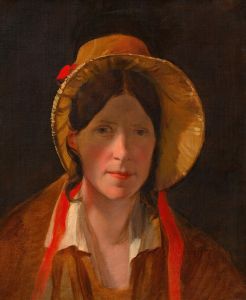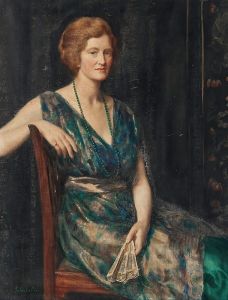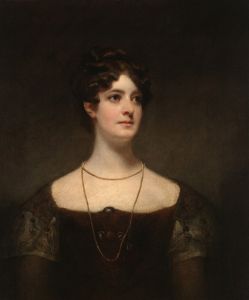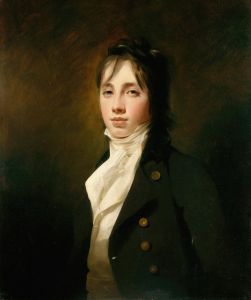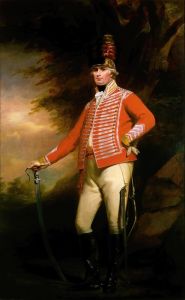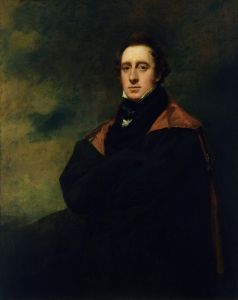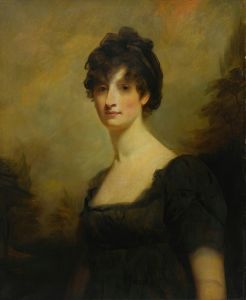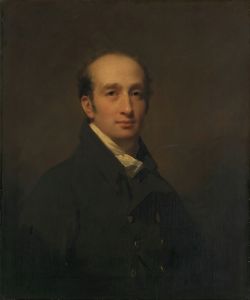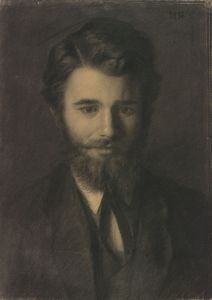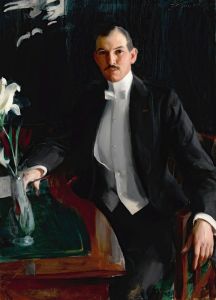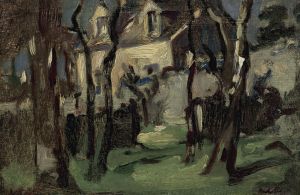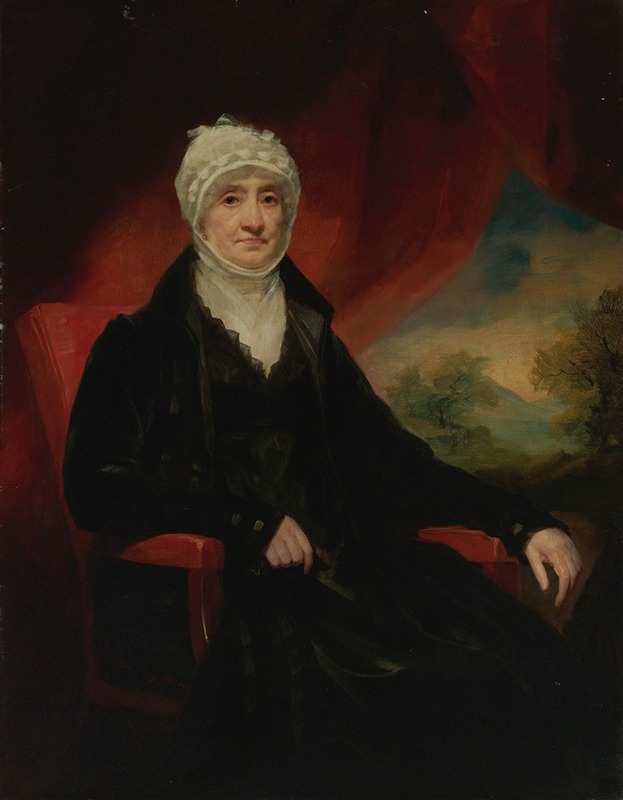
Portrait Of A Lady, Said To Be Mrs. Marion Corry Gilchrist
A hand-painted replica of Sir Henry Raeburn’s masterpiece Portrait Of A Lady, Said To Be Mrs. Marion Corry Gilchrist, meticulously crafted by professional artists to capture the true essence of the original. Each piece is created with museum-quality canvas and rare mineral pigments, carefully painted by experienced artists with delicate brushstrokes and rich, layered colors to perfectly recreate the texture of the original artwork. Unlike machine-printed reproductions, this hand-painted version brings the painting to life, infused with the artist’s emotions and skill in every stroke. Whether for personal collection or home decoration, it instantly elevates the artistic atmosphere of any space.
"Portrait of a Lady, Said To Be Mrs. Marion Corry Gilchrist" is an artwork attributed to the renowned Scottish portrait painter Sir Henry Raeburn. Raeburn, born in 1756 and active until his death in 1823, is celebrated for his significant contributions to portraiture during the late 18th and early 19th centuries. He is particularly noted for his ability to capture the character and presence of his sitters, often members of the Scottish elite, with a distinctive style that combines realism with a subtle romanticism.
This particular portrait is believed to depict Mrs. Marion Corry Gilchrist, although definitive identification of the sitter remains uncertain. Raeburn's portraits often feature sitters from the upper echelons of society, and this painting is no exception, suggesting that Mrs. Gilchrist was likely a woman of some social standing during her time. The portrait exemplifies Raeburn's skill in rendering the textures of fabric and the subtleties of human expression, hallmarks of his artistic approach.
Raeburn's technique involved the use of loose, expressive brushwork, which allowed him to convey the vitality and immediacy of his subjects. His portraits are characterized by their naturalistic representation and the use of light to enhance the three-dimensionality of the figure. In "Portrait of a Lady," Raeburn employs these techniques to create a lifelike depiction, capturing not only the physical likeness of the sitter but also a sense of her personality and presence.
The painting is executed in oil on canvas, a medium that Raeburn mastered, allowing for rich coloration and depth. The composition is typical of Raeburn's work, with the sitter positioned against a neutral or softly rendered background that serves to highlight the figure. The attention to detail in the clothing and accessories of the sitter reflects the fashion of the period and provides insight into the cultural context of the time.
Raeburn's influence extended beyond his lifetime, as he played a crucial role in the development of portrait painting in Scotland. His works are held in high regard and are part of numerous prestigious collections, including the National Galleries of Scotland and other major art institutions. "Portrait of a Lady, Said To Be Mrs. Marion Corry Gilchrist" is a testament to Raeburn's enduring legacy and his ability to capture the essence of his subjects with elegance and precision.
While specific details about Mrs. Marion Corry Gilchrist's life and her connection to Raeburn are not well-documented, the portrait remains an important piece within Raeburn's oeuvre. It continues to be studied and appreciated for its artistic merit and as an example of Raeburn's contribution to the art of portraiture during a vibrant period in Scottish history.





